The Monolith of Tlaloc is a colossal stone statue representing the Aztec god of rain, water, lightning, and agriculture, Tlaloc. This magnificent monument, which is considered the largest monolith in the Americas, once stood near the town of Coatlinchan (meaning ‘home of the snakes’). Today, the awe-inspiring Monolith of Tlaloc adorns the entrance of the National Museum of Anthropology in Mexico City. In this article, we will delve into the history, discovery, and significance of this ancient masterpiece, as well as explore the mysteries behind this ancient enigma.

Who was Tlaloc?
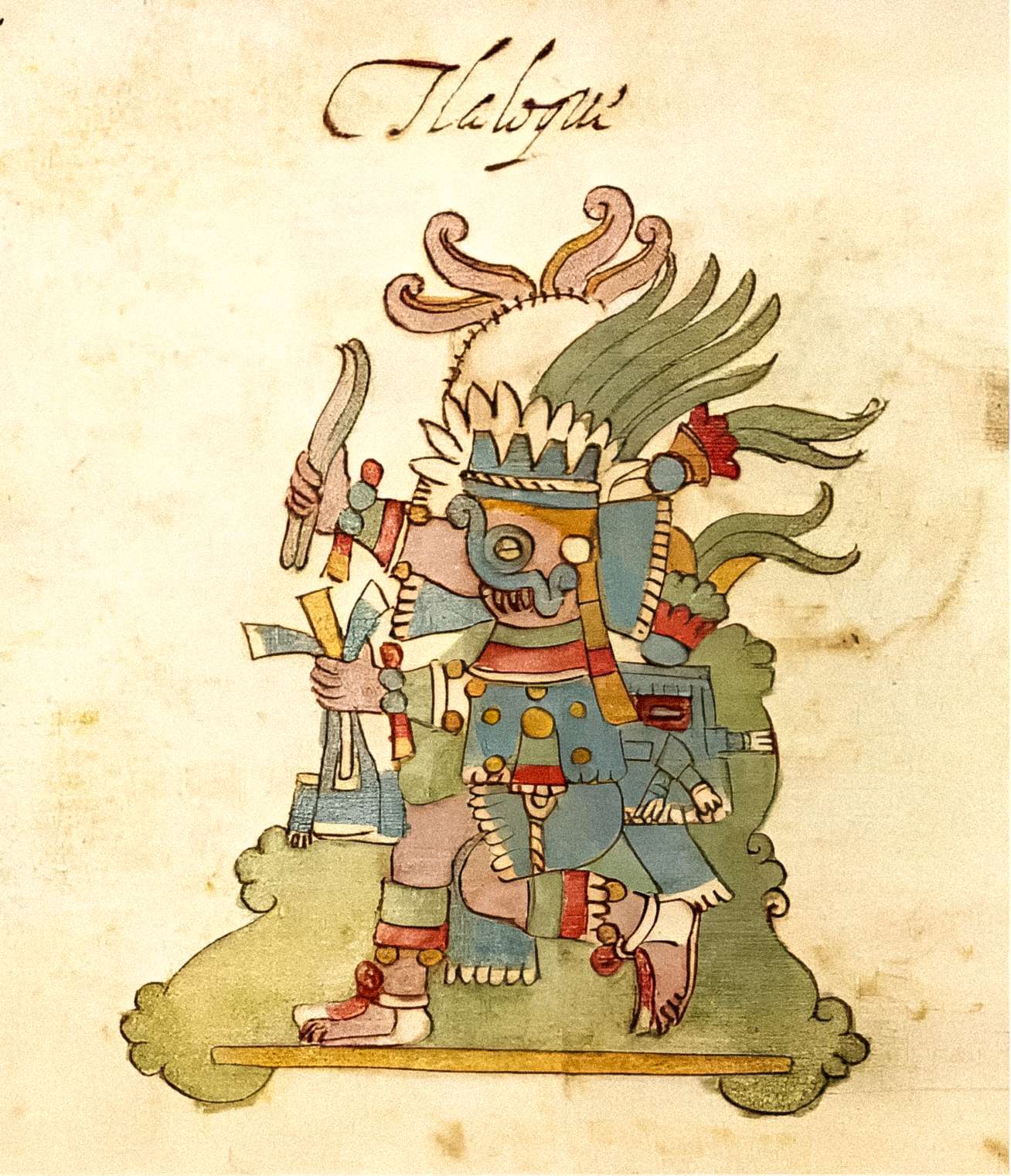
Tlaloc was one of the most important and revered deities in the Aztec pantheon. His name is believed to be a combination of two Nahuatl words, thali and oc, which mean ‘earth’ and ‘something on the surface,’ respectively. As the god primarily associated with meteorological phenomena related to water, Tlaloc held a dual nature in Aztec belief.
Benevolent and malevolent aspects
On one hand, Tlaloc was a benevolent figure who sent rain, a crucial element for agriculture and life, to the earth. On the other hand, he could also unleash his destructive power by causing storms, droughts, and other disasters that disrupted people’s lives. This dual nature made Tlaloc an essential and formidable deity in the eyes of the ancient Aztecs.
Worship and offerings
The Great Temple of Tenochtitlan (also known as the ‘Templo Mayor’) was dedicated to two deities, one of whom was Tlaloc. The other was Huitzilopochtli, the Aztec god of war. The steps leading to Tlaloc’s shrine were painted blue and white, symbolizing water, the god’s element. Offerings found in the shrine included objects connected to the sea, such as coral and seashells, further emphasizing Tlaloc’s association with water.
Monuments honoring Tlaloc
Tlaloc was worshipped throughout the Aztec Empire, and various monuments and artifacts have been discovered that attest to his significance:
The monolith of Tlaloc in Morelos
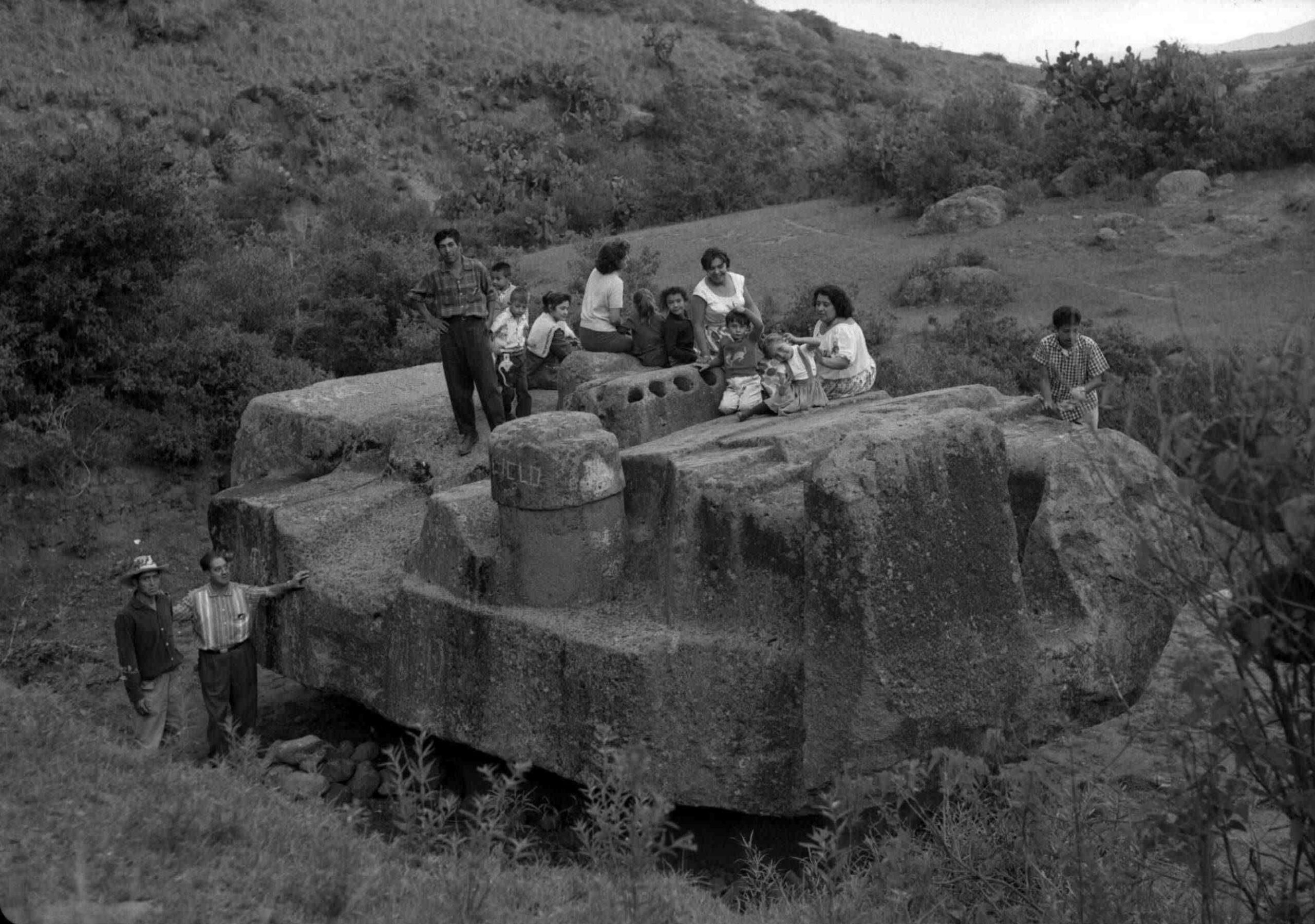
Arguably the most impressive depiction of Tlaloc is the Monolith of Tlaloc itself. Like the monolith found in Morelos, this massive stone carving also dates back to the 8th century AD (although some sources suggest a 5th-century date). Weighing an estimated 152 tonnes and standing at 7 meters (22.97 ft.) tall, the Monolith of Tlaloc is considered the largest known monolith in the Americas.
The monolith features engravings of agricultural images and Tlaloc’s image on its sides. Archaeologists speculate that this monolith was used for ritual purposes, specifically for requesting rain from the god. Interestingly, it has been observed that the monolith was never actually completed by its creators.
The altar at the Great Temple of Tenochtitlan
Another remarkable artifact related to Tlaloc was unearthed in 2006 at the ruins of the Great Temple of Tenochtitlan in Mexico City. This stone and earth altar, believed to be around 500 years old, was discovered on the temple’s western side. The altar features a frieze depicting Tlaloc and another agricultural deity.
Discovery and rediscovery
The Monolith of Tlaloc was first rediscovered around the mid-19th century, lying at the bottom of a dried-up riverbed near the town of Coatlinchan. It remained in its original location until the 20th century when it was decided to move the monolith to Mexico City to adorn the entrance of the newly built National Museum of Anthropology.
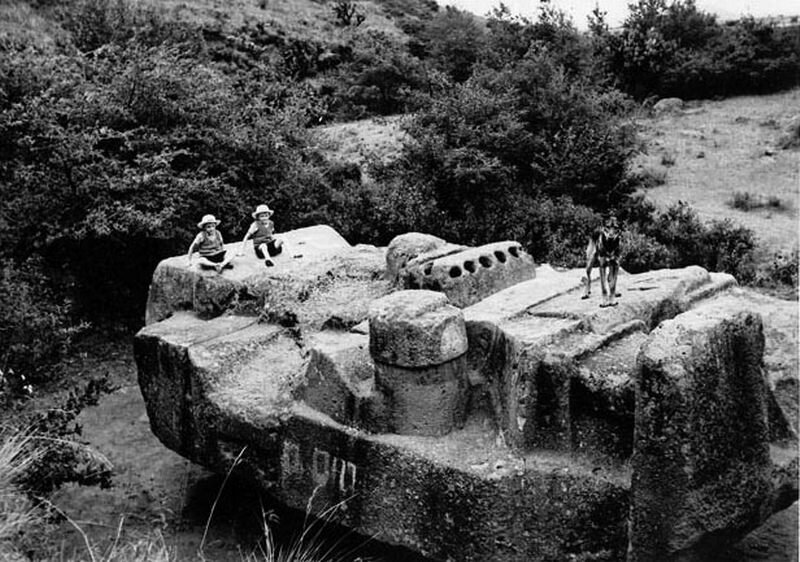
Relocation challenges and celebrations
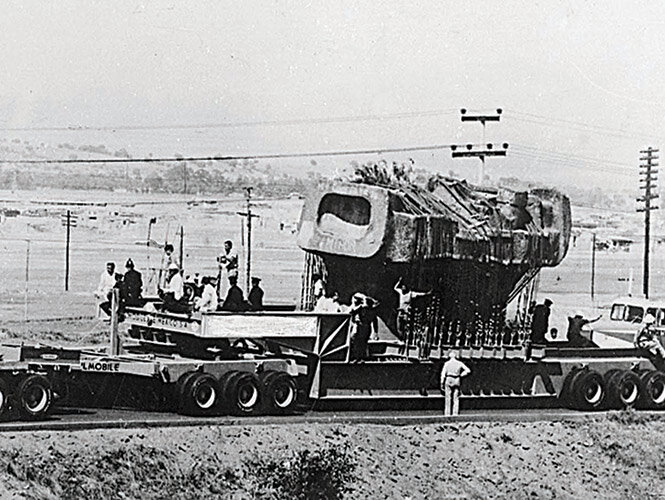
Transporting the massive Monolith of Tlaloc was no easy feat. The people of Coatlinchan eventually agreed to the relocation request on the condition that certain facilities, such as a government road, a school, and a medical center, be built in their town. This agreement led to the monolith’s incredible journey to Mexico City on April 16, 1964.
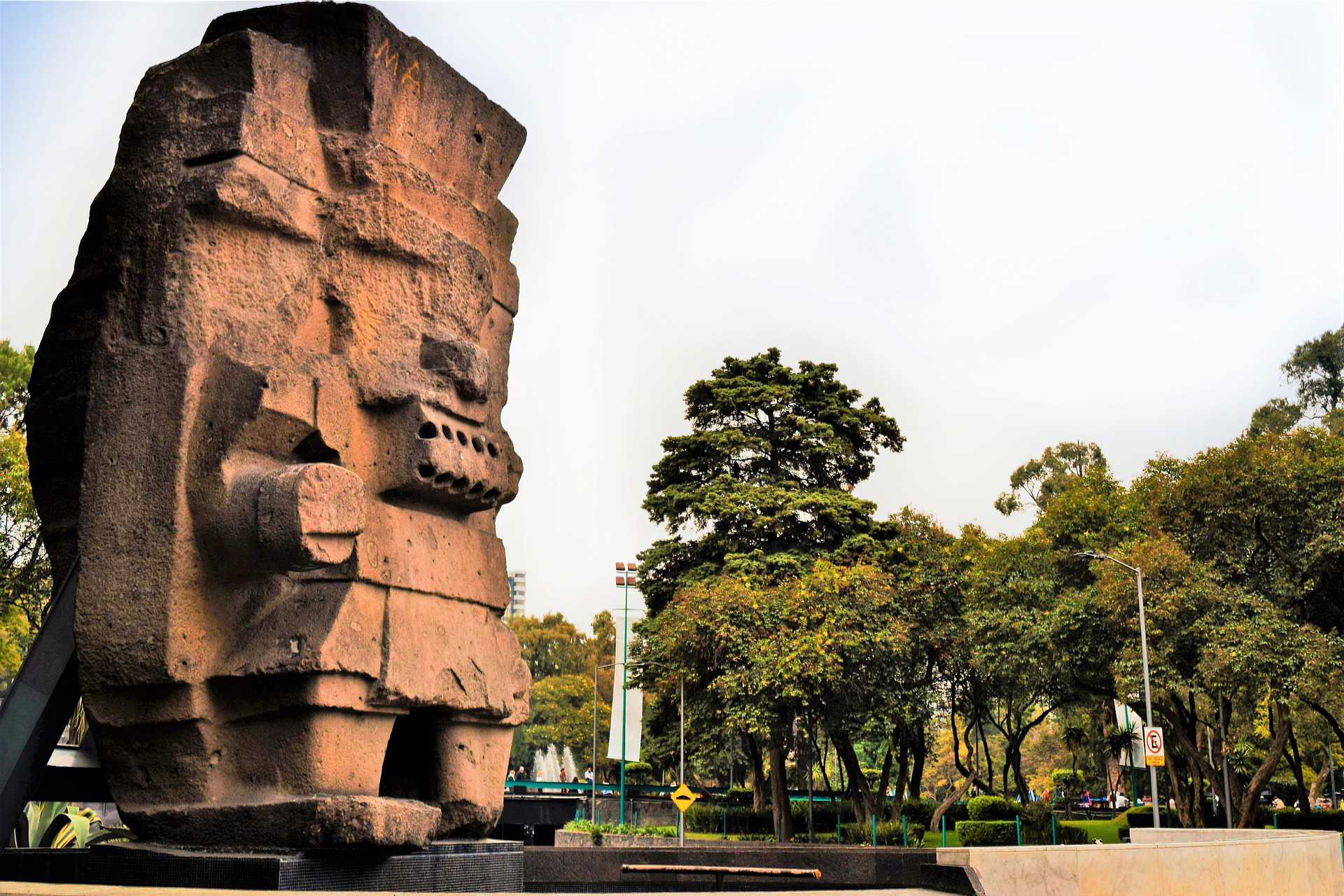
The Monolith of Tlaloc was transported on a giant purpose-built trailer, covering a distance of approximately 48 km (29.83 miles). Upon its arrival in the capital, the monolith was greeted by a crowd of 25,000 people in the Zocalo square, as well as an unusual storm that occurred during the dry season.
Preservation efforts
Since its installation at the entrance of the National Museum of Anthropology, the Monolith of Tlaloc has been exposed to the elements, causing it to deteriorate over time. In 2014, experts began assessing the condition of the monolith in preparation for restoration work.
Mysteries surrounding the monolith
The discovery and history of the Monolith of Tlaloc are shrouded in a number of unanswered questions and enigmatic details:
Origins and quarry
One of the lingering questions about the Monolith of Tlaloc is the origin of the 167-ton andesite stone from which it was carved. To date, the quarry where the stone was sourced has never been found.
Transportation methods
Another mystery surrounding the monolith is how the Aztecs (or other indigenous tribes) transported such a colossal statue without access to wheeled vehicles, according to the official historical narrative.
Intended position and damage
The Monolith of Tlaloc was found lying on its back, which is unusual because it seems the statue was intended to stand upright. Additionally, the front side of the monolith is heavily damaged. Whether this damage was inflicted by humans or natural elements remains unclear.
Speculations on the monolith’s purpose
Given the monolith’s location within a riverbed and its peculiar structural elements (such as the massive back of the statue and the “ritual” hole at the top), some have theorized that the Monolith of Tlaloc could have served as a pillar for an ancient bridge crossing the river. However, this theory would suggest the existence of additional similar statues, which have yet to be discovered or excavated in the Texcoco area.
Final words
The Giant Ancient Monolith of Tlaloc remains an enigmatic testament to the Aztec civilization and its complex belief system. As it stands proudly at the entrance of the National Museum of Anthropology in Mexico City, it continues to captivate and intrigue visitors from around the world. Although numerous questions and mysteries still surround this colossal artifact, the Monolith of Tlaloc endures as a symbol of the rich cultural heritage of the ancient Aztec people.




